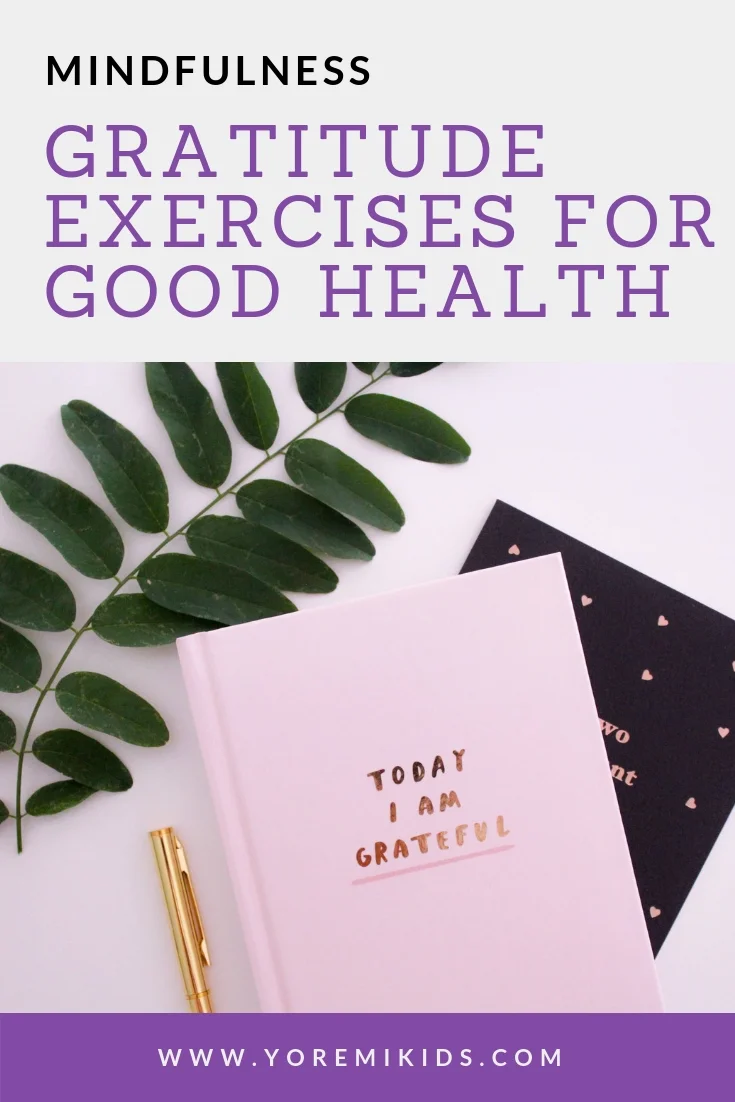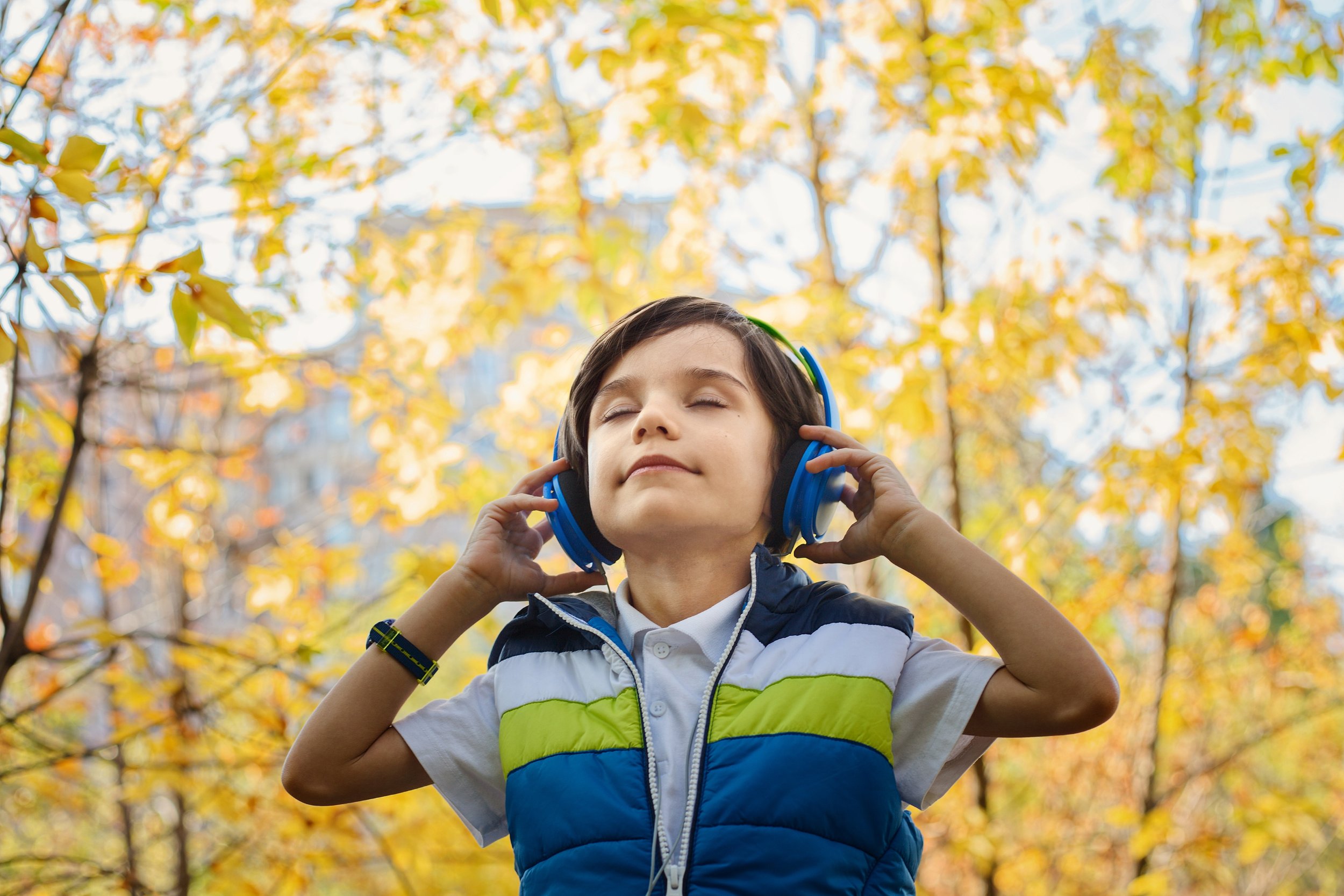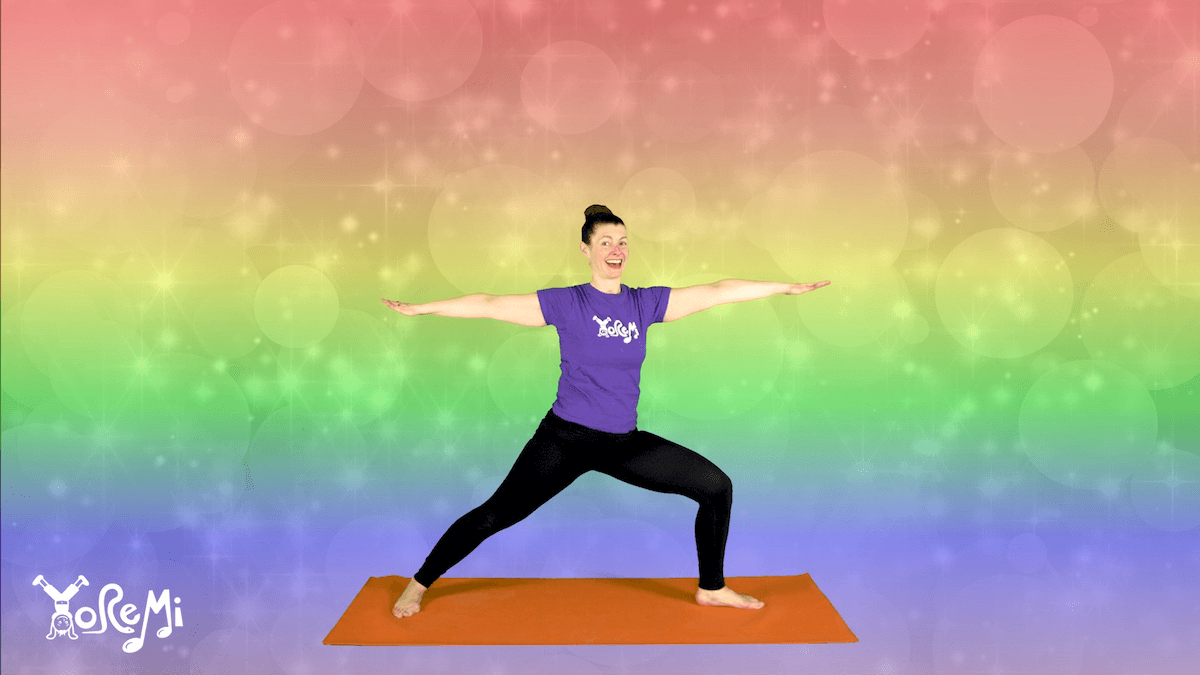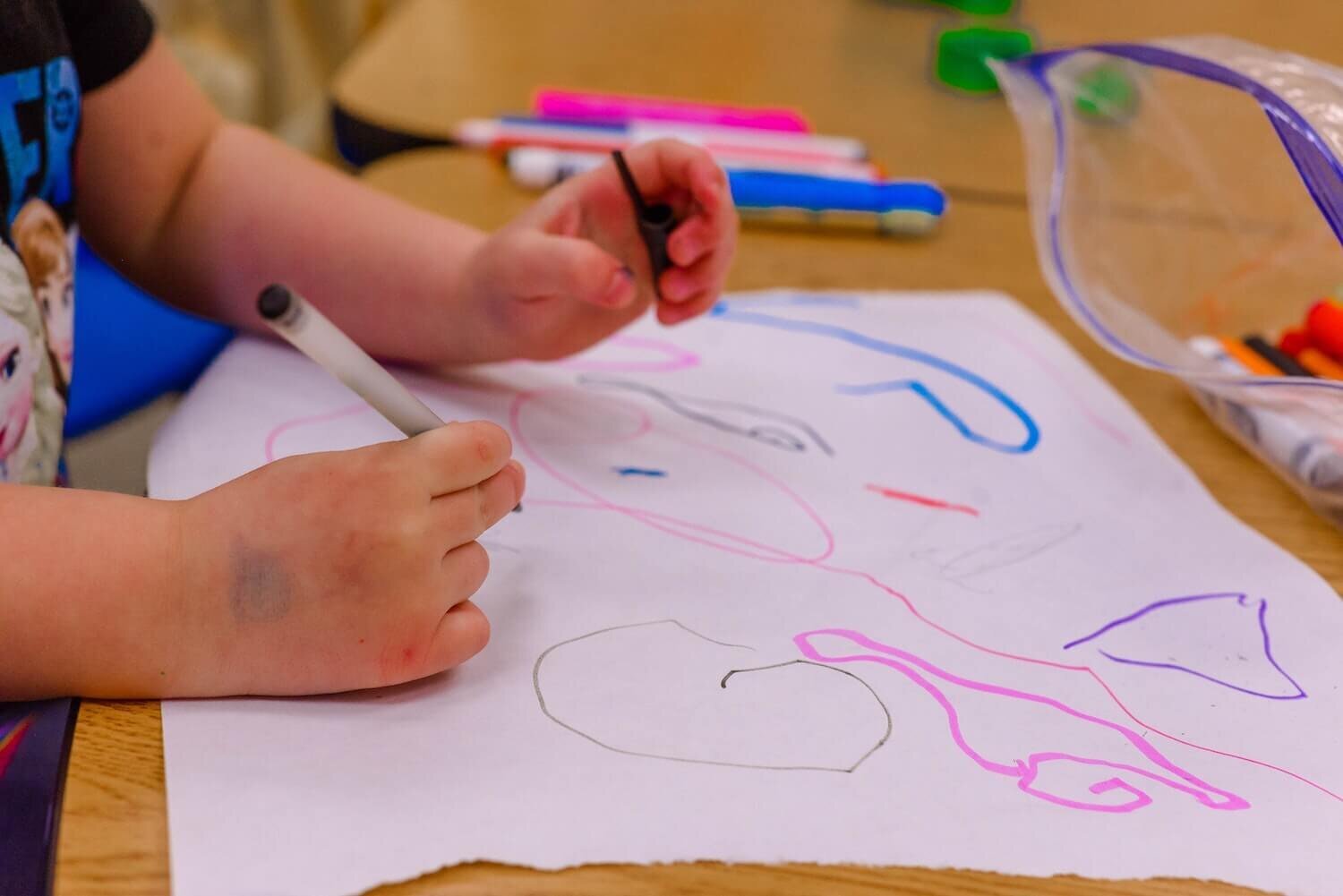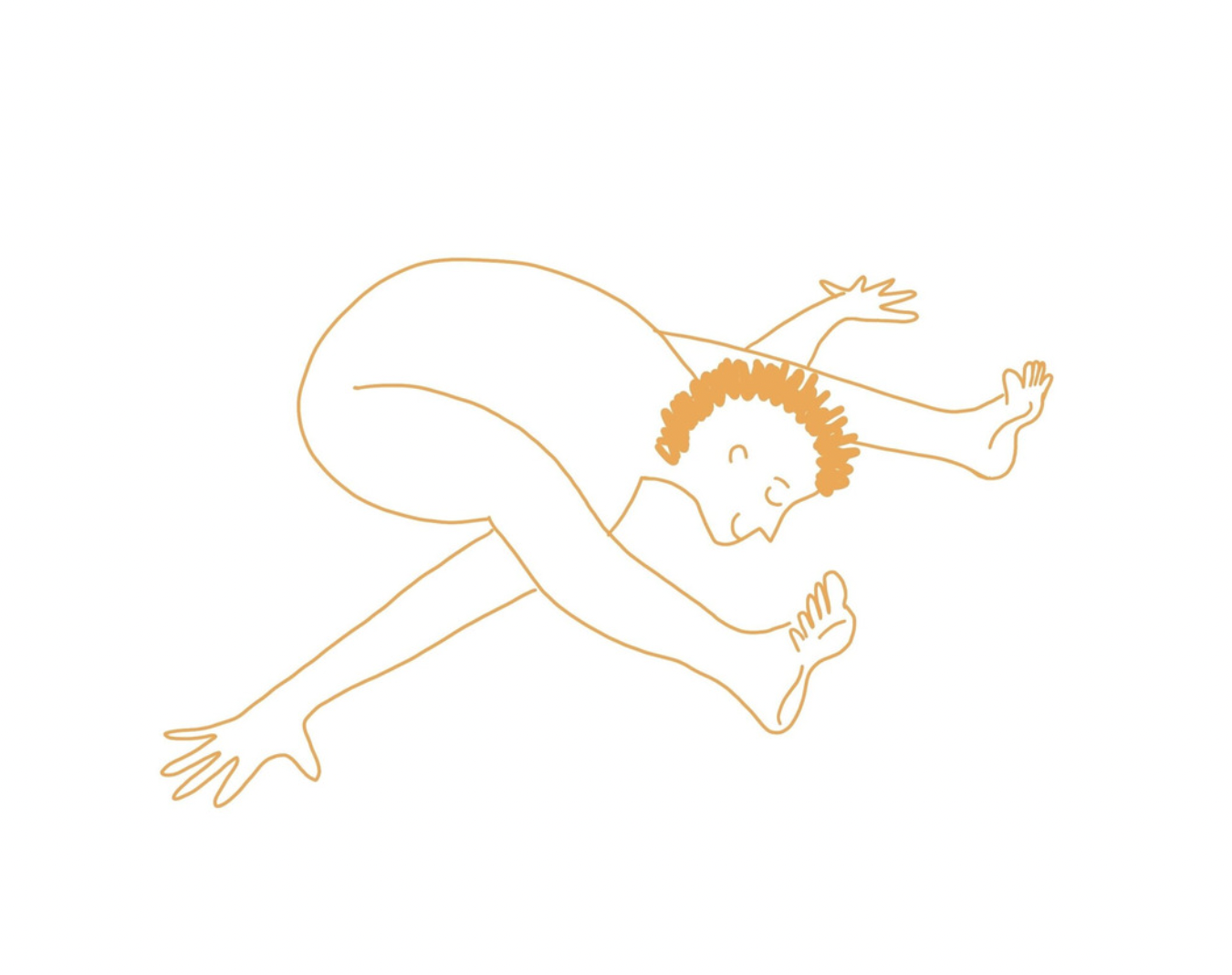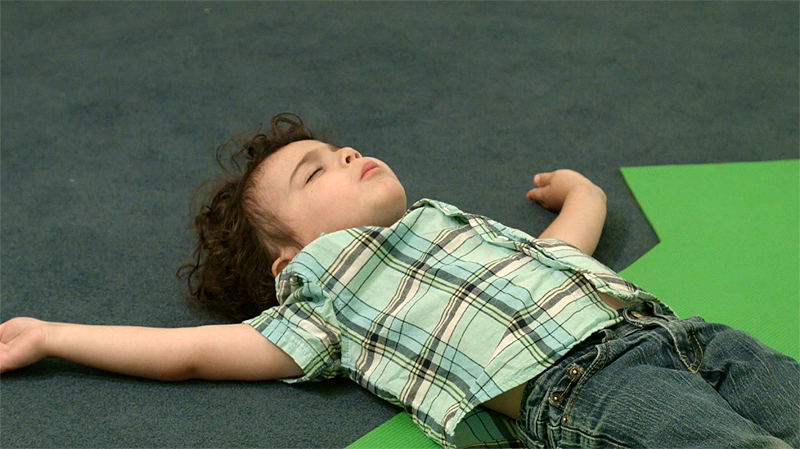Our Favorite Gratitude Exercises for Good Health
Feeling exhausted?
Like you’re coming down with that icky cold that’s been going around?
Or maybe like your blood pressure escalates a little more each day we draw closer to standardized testing?
Practicing gratitude exercises can help improve your health!
Gratitude practice is jam-packed with a host of science-backed health benefits – if we’re open to making it a regular practice.
It seems like a simple enough concept, but much like mindful recycling, it is still a choice. It can feel like a completely overwhelming endeavor or, if we begin to pay attention to it, it can blossom into a mindfulness practice that educators can benefit from, and share with students.
How do we reap all these positive health benefits?
Benefits like a 10% drop in blood pressure, decreased pain levels, and better sleep? Just like the activities we shared in our two-part guide to building a mindfulness practice for educators, it’s all just about practice.
Can a Gratitude Practice Really Help Improve My Health?
Our hypothalamus is the area of our brain that regulates a number of bodily functions including appetite, sleep, temperature, metabolism and growth. When we perform acts of kindness or experience feelings of gratitude, the feel-good hormone dopamine floods the brain and levels of the stress hormone cortisone decrease.
“Our hypothalamus is activated when we feel gratitude, or display acts of kindness.”
Our brains reward us when we do a good deed. And because this flood of hormones is so fantastic, our brain seeks it again, making us more inclined to give more thanks or pay it forward by doing a good turn for someone else.
Since the Hypothalamus is in charge of all these important functions like sleep and growth, it may come as no surprise that when it is regulated and we’re feeling grateful, our sleep patterns are that much stronger and more restful. In a cascading effect, once sleep is improved, issues such as anxiety, depression, pain, and stress are reduced. This boosts our immune system — meaning we become healthier overall.
Now all of this may seem tangential, but in fact studies have shown that gratitude practices and acts of kindness can impact pain, anxiety, depression, and physical health directly.
A 2005 study showed that keeping a gratitude journal alone decreased depression by more than 30% and increased long-term happiness by more than 10%.
So how do we access these benefits when overwhelm and burnout make us feel anything but grateful?
4 Gratitude Practices to Try Daily
1. Download Gratitude Apps to your Mobile Device
Seek apps that provide an opportunity to not just recall but also reflect on your day, and accompanying gratitude. Apps that help you think deeper, offer space to express gratitude in various ways, and can check in with reminders may be a valued addition to your gratitude practice.
2. Write in a Gratitude journal
This one may be for you if you want or need the room to go into detail and express yourself fully. The more detail, the better. What physical sensations did you experience when you noticed the gratitude? Was someone else responsible for your joy? Note it all down!
I can truly attest to the bullet journal style simplicity that allows me to log daily gratitudes on the long train ride home. That ride may feel endless, but by the time I’ve listed the moments that brightened my day, even if they were as simple as how my tea was exactly the right temperature, I feel pretty great.
3. Write a letter
This is one of my favorites. Take a moment to sit down and compose a letter to someone whom you feel grateful for. Bonus points if you actually deliver the letter. Pay that good feeling forward!
4. Fake it ‘til you make it
You may be in a place where feeling gratitude is a big challenge right now. If you’re listing things in your journal you think you should feel grateful for but you just can’t seem to dredge up a twinkling of grace, don’t worry.
Begin with the practice of noting – just notice how you feel without judging the experience. Bring compassionate awareness to your internal life. Continue to keep your journal and see if, over time, you begin to notice more gratitude coming in.
In the Classroom: Gratitude for Groups and Kids
We don’t have to wait for the end of the school year to implement gratitude practices with your classroom. In the same way that we practice daily, we can share it with our children and students so that it becomes a natural habit for them.
Consider folding gratitude into your meeting rug or circle time. Ask each student how seeing the warm sun, smelling flowers, and hearing sounds outside made them feel. Allow them to observe and share. There are no wrong answers here and you may be surprised at what you hear!
As with any new practice, we need to repeat our actions enough that they become a habit if we want to reap those health benefits, but what a great practice to model for our students! What a wonderful way to navigate the world!
I’m so grateful today for all of you reading our blog and sharing what you know with the kiddos in your life! What are you grateful for?
Save this post to read later & share it on Pinterest!




